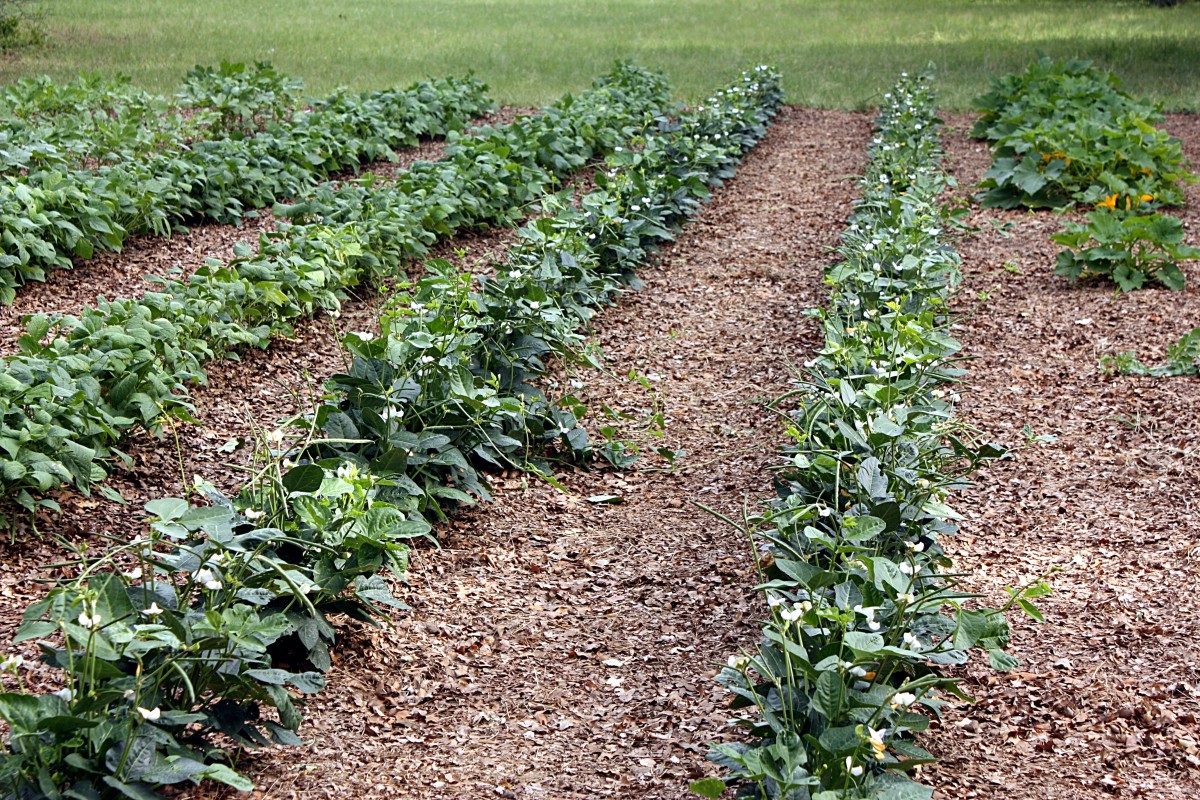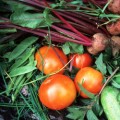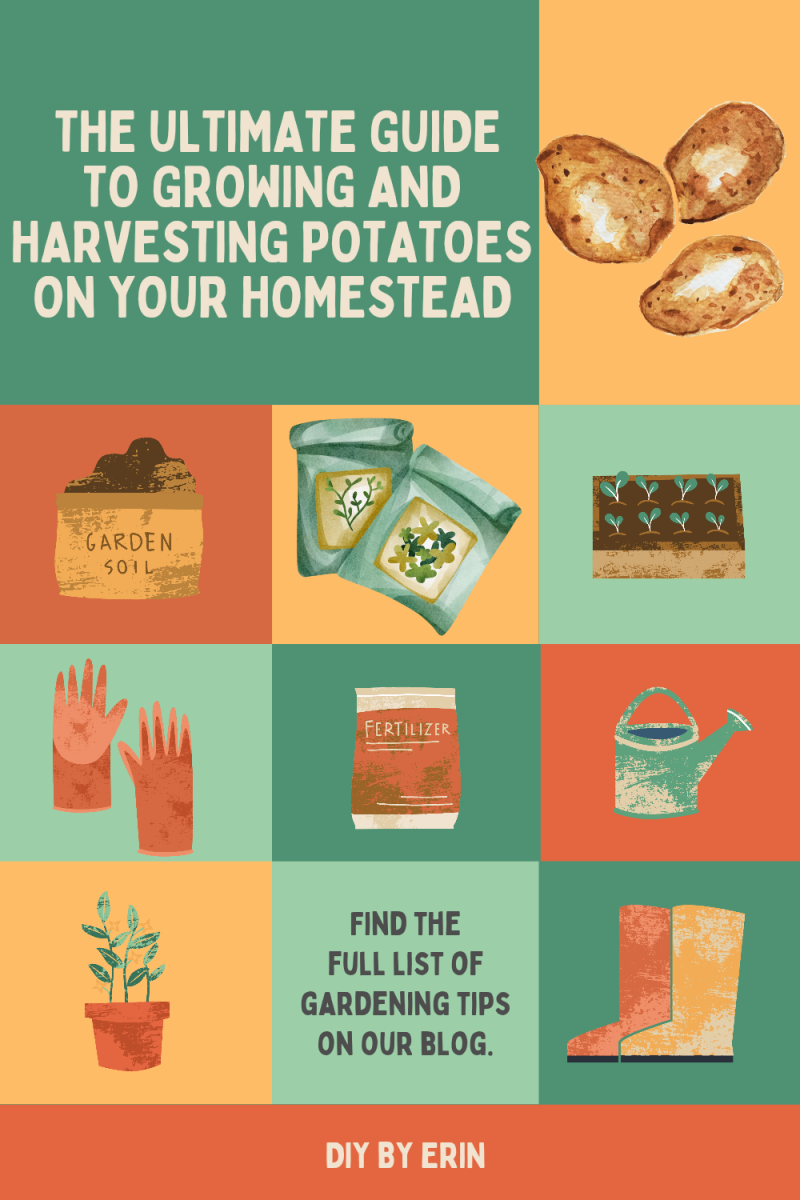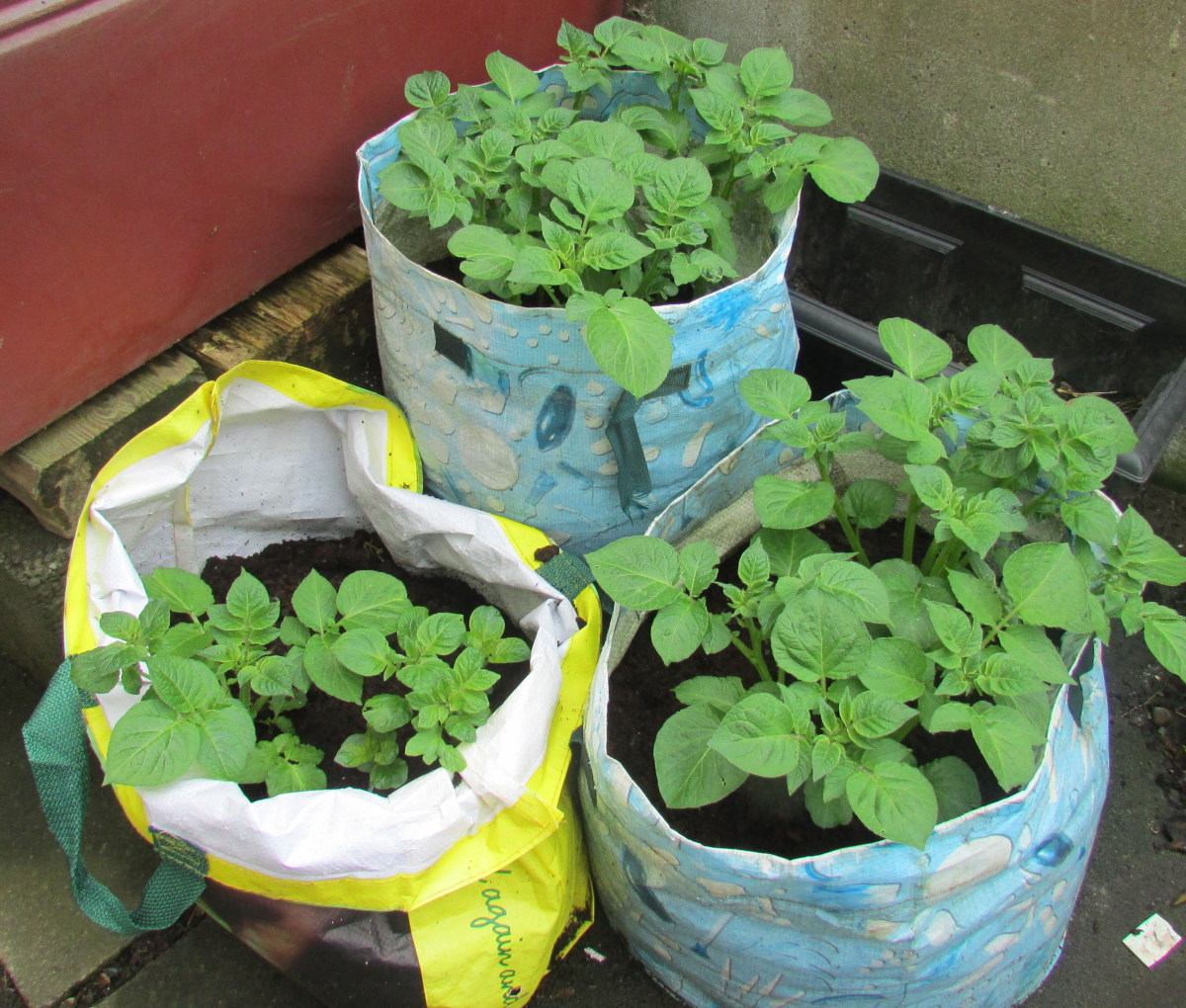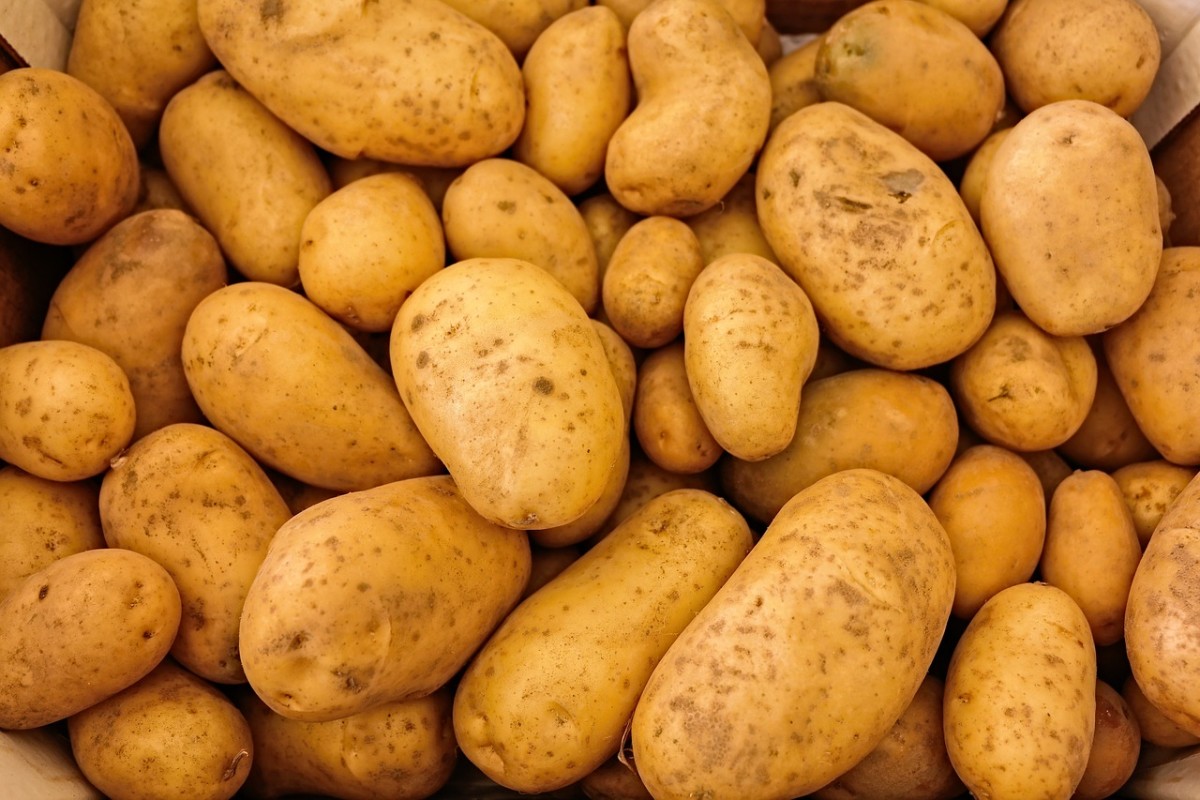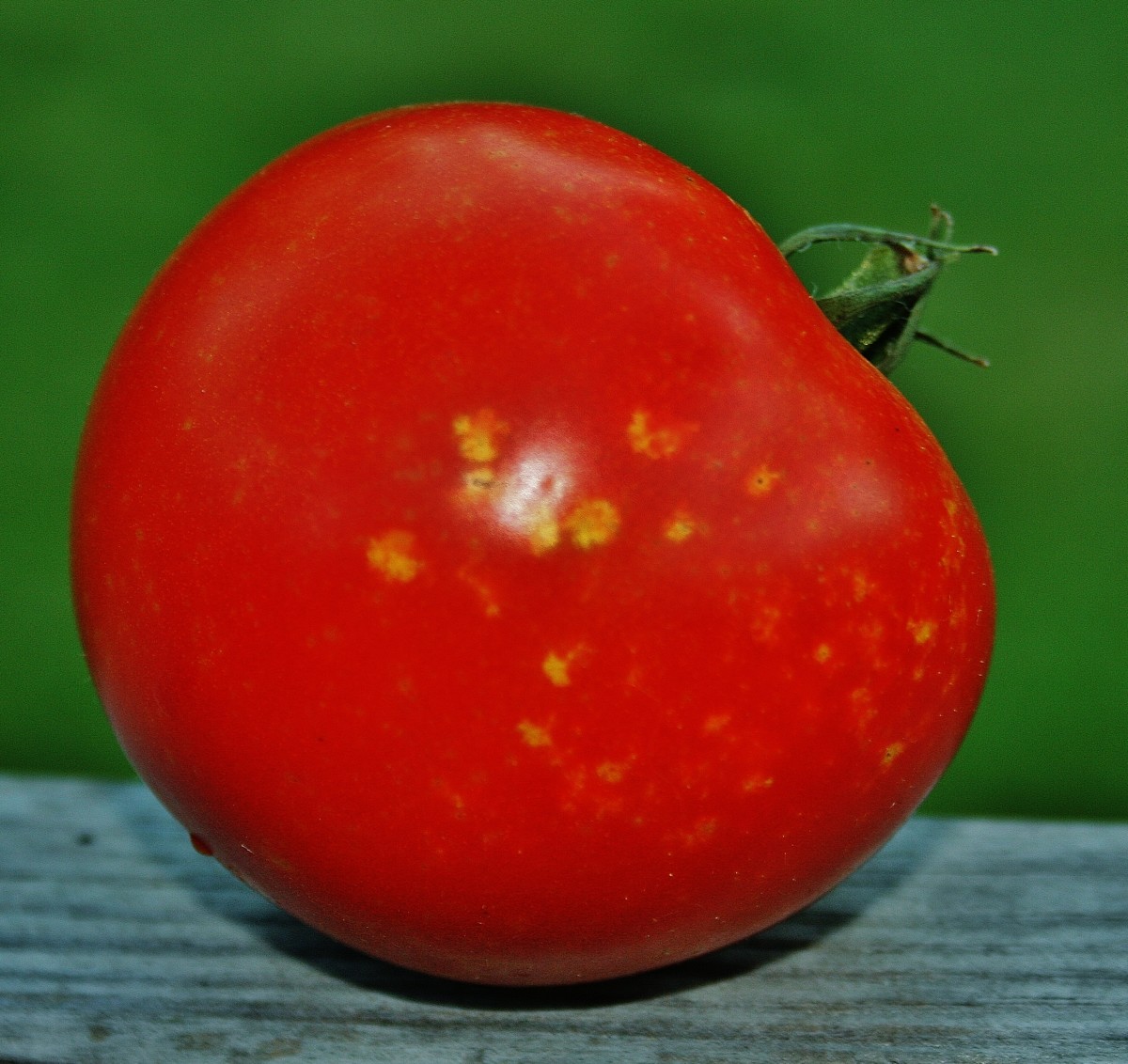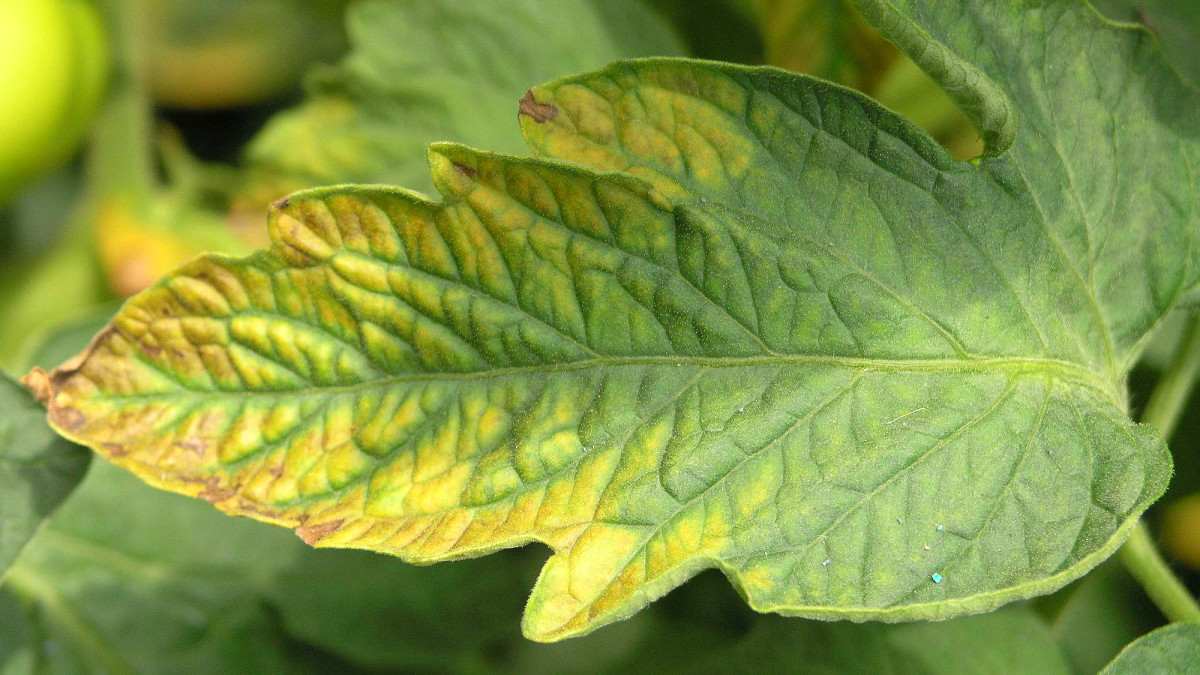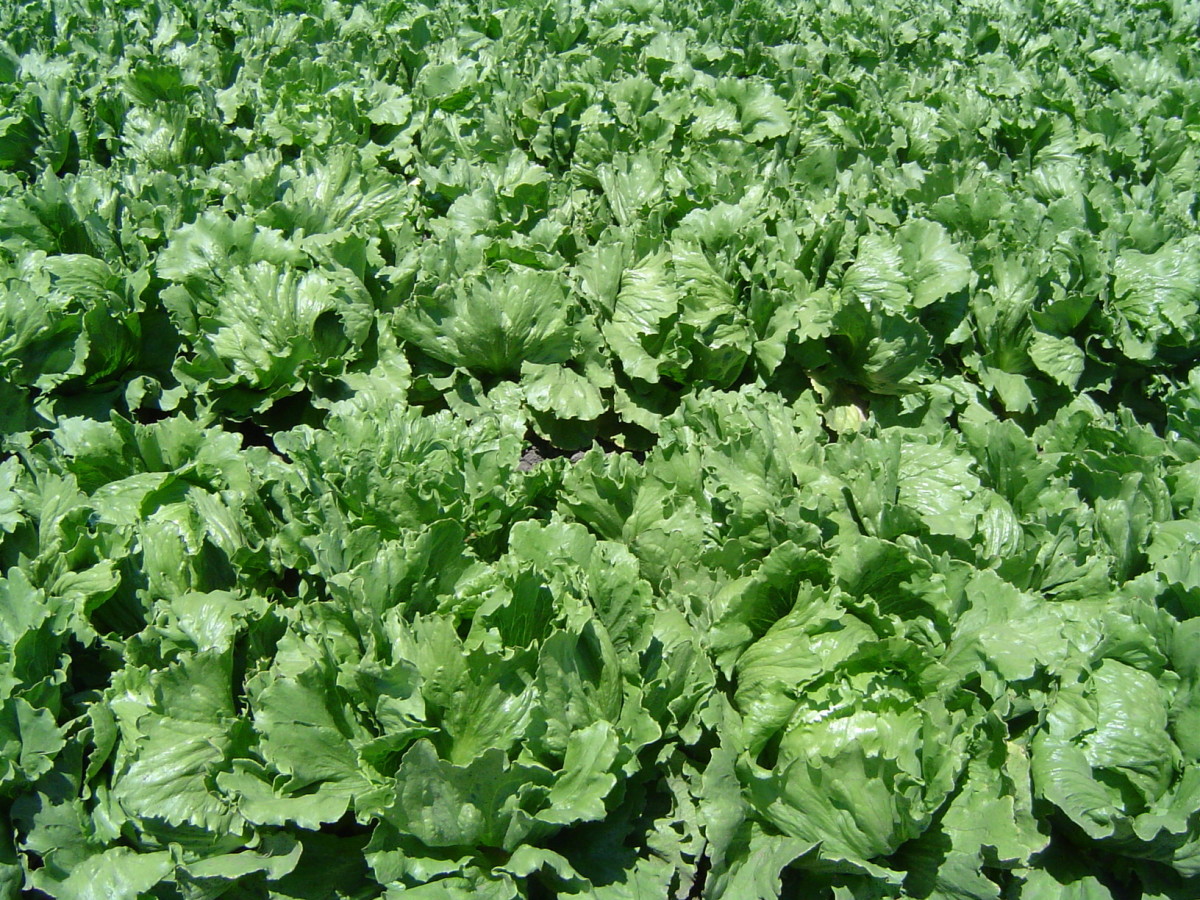- HubPages»
- Home and Garden»
- Gardening»
- Planting Vegetables
grow veggies - guide to growing your own Potatoes for the beginner
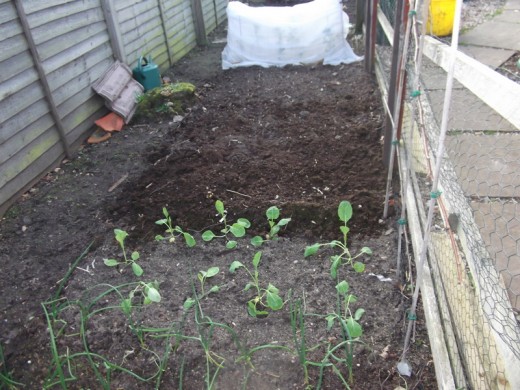
How to grow your own vegetables
There is no better taste than from vegetables grown in your own garden. There are many benefits from growing your own vegetables:
- You control what goes into growing your own vegetables
- Organic growing
- Saving money
- Satisfaction that you have provided food for your family
- Exercise
Speak to anyone who has ever grown their own vegetables and they will tell you how good it feels, the excitement of when the first shoots start to appear, waiting for it to grow, nurturing the plants and of course the end result of producing and eating your harvest.
You do not need green-fingers to be able to grow vegetables, anyone can grow vegetables even children. With just a little know how and guidance you can provide your family with fresh home grown vegetables. You do not even need a big garden to grow your own, just a small patch will get you started, even with just a balcony you can grow vegetables by growing them in pots and containers.
Before you start to grow your own vegetables you will need to decide where you are going to grow them. If you are going to to dedicate a part of your garden to growing vegetables. Grow your own vegetables - Getting started to grow your own is a great website which talks you through how to prepare and plan your area or plot. The tools that are needed to grow your own vegetables, how to feed, care and deal with certain garden pests. This is aimed at the beginner vegetable grower and will really get you on your way to growing your own vegetables. You can find the Grow your own vegetable website on the link list.
If you are going to have a vegetable plot in your garden then you will have a much larger choice of what vegetables you can grow. As you are only now beginning to grow you own vegetables it would be better for you to choose no more than ten different crops. Some people like to only grow vegetables that are expensive to buy, others prefer to only grow what they know their families will like and eat.
Growing potatoes
One of the easiest crops to grow is potatoes and also perfect for ground clearing if you have a new area that has never had vegetables grown in it before. These can also be grown in special potato bags or in pots and containers. You will need to purchase seed potatoes, these have been specially grown and can be purchased from gardening centers, garden nurseries or online. One the video below they recommend to cut the potato, however we don't recommend you do this as it can cause rotting and diseases to the seed potato.
Many people chit their seed potatoes prior to planting.To chit potatoes place them in an open egg box or tray and leave them somewhere that will let the light get to them. The reason this is done is to speed up growth prior to planting and what will happen is shoots will grow on the potatoes. However this is not necessary but most gardeners do it.
There are many different varieties to choose from as well as an early or second early variety and a main crop. Depending on which variety you choose will depend on when to plant it and how far apart each seed potato needs to be.
How to plant out potatoes
Dig a trench 5 inches deep and place the seed potatoes (early) 12inches apart (main) 15 inches apart and leave 24 inches (early) 30 inches (main) between the rows. Place the seed potatoes in with the shoots pointing upwards and cover with soil.
Once the shoots begin to emerge, using a garden rake draw some soil over the top of them to protect against frost.
Once the haulm is about 8 to 9 inches high, soil needs to be drawn up around them. This is known as earthing up. Remove any weeds that have grown and break up the soil round the potato plants with a gardening fork. Do not dig as this will damage anything that is growing. You only need to break up the surface of the soil. Draw the soil up around the stem about 6 inches high.
Make sure you water well in dry weather to enable the tubers to swell and grow.
To grow in containers or potato growbags
Half fill your pot, container or potato bag and depending on the size place place 2 or 3 tubers per container/bag/pot. Your pot will need to be at least 18-20 inches in diameter. Cover the seed potatoes with about 2 - 3 inches of soil. Once the shoots start appearing add more soil to cover. continue to do this until the soil is at the top of your container/bag or pot.
You will need to keep a close eye on these with regards to watering as they will dry out and need more watering than potatoes grown directly in the ground.
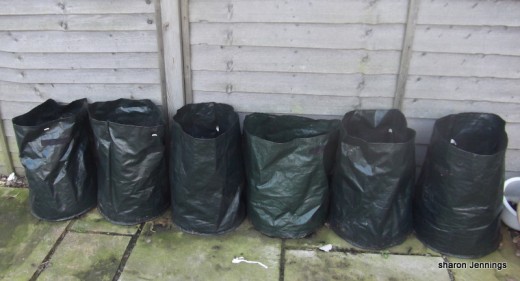
Harvesting Potatoes
Harvesting your potatoes
Early potatoes will be ready to harvest when the flowers have opened fully. Using your hands scrape away the soil from the ridge near the stem. For new potatoes they should be roughly the size of chicken eggs. Carefully using a gardening fork, inserting the fork away from the haulm ease out and lift the roots and gather your potatoes. You may find once you have eased out the root to use your hands to collect and dig out any remaining potatoes, to avoid damaging the potatoes with the garden fork. It is best to harvest these when needed rather than storing them.
For main crop potatoes you need to cut down the haulm once the foliage has turned brown and started to die down. Wait for ten days once you have cut the foliage off before lifting the potatoes. For storing the potatoes lift them as you would for the early crops and lay them out on sheets of newspaper to dry out. Then store in a dark dry place for use over winter.
Container grown potatoes
the same applies to container grown as to those grown direct in the ground. To check on the size of early potatoes, use your hands to remove some of the soil. You can just remove enough tubers for your daily needed and leave the halum to grow and check again in a couple of weeks.
Potato blight
One of the main disease potatoes suffer from is blight. There is nothing that can be done once blight has taken hold apart from to destroy the plants.
For more information visit: http://www.gardenorganic.org.uk/factsheets/dc17.php
How to plant potatoes
How to harvest potatoes
Useful sites for growing your own vegetables
- Top gardening money saving tips
Are you a frugal gardener? I am and I have listed my top ten money saving ideas on being a frugal gardener. From what to use for pots to seed sharing. You can still enjoy gardening even if you are on a budget. - Gardening Diary: Home
A gardening blog of daily activities carried out on the vegetable plot as well as the latest scoop from the coop, see what the hens have been getting up to!

